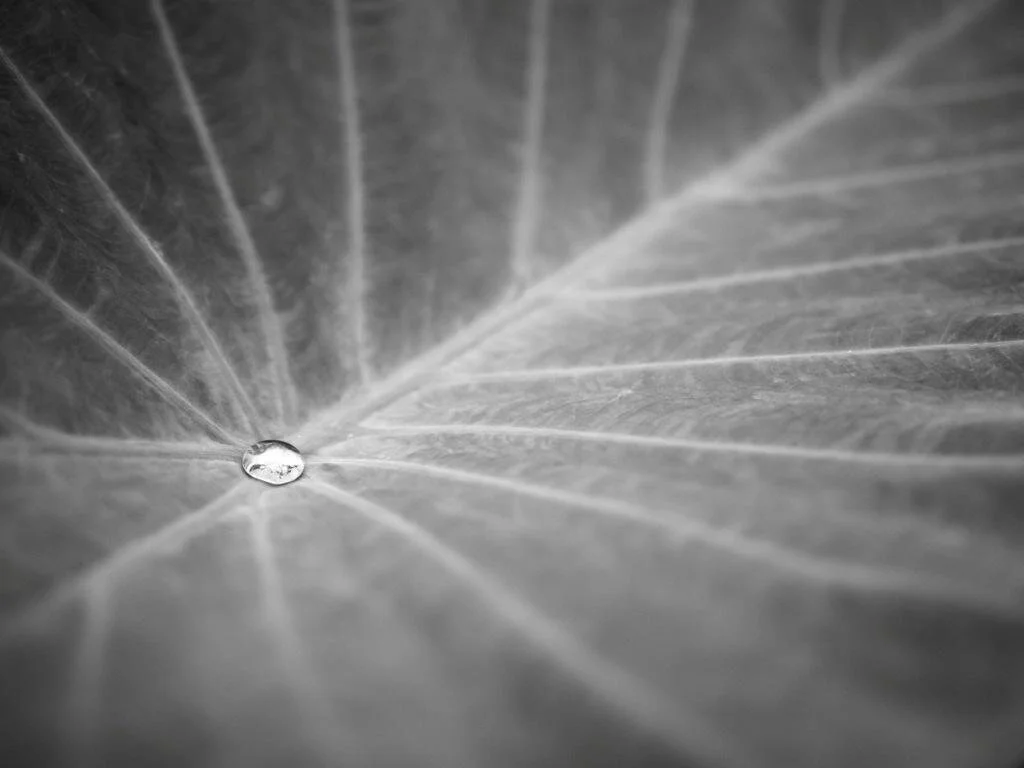Where Vision Ends, Shooting Towards a Final Form Media
Not sure when it was, sometime December between 2010 and 2013, I had been visiting clients in NYC and was wandering around Grand Central passing time, waiting for the Metro North back to Stamford to go off peak. In Lexington Hall the yearly Christmas market was open and I wandered through the space looking at the vendor booths, hoping to spot a small gift for Jenny. I saw a couple a booths featuring photography prints. One featuring tasteful, Iconic images of the city attempting to lure tourists or business travelers into bringing home a memory. The other caught my eye.
The booth featured “Gold Leaf Photos”. All the images were printed on Gold leaf. I struck up a conversation with the photographer manning the booth. The process was a complete tech hack. The gold leaf, ever so thin, was carefully mounted on a card stock. The face of the leaf was brushed with a liquid emulsion so printer ink could set up. The printer was one which could be fed straight and even then it required mechanical alteration. What interested me most however were the images and how they were processed.
They were black and white, with not many shades of gray in between. Typically one subject placed prominently in the frame without much distraction in the background. It made me wonder, did the photographer select images from his portfolio that fit the media or did he compose images in the camera with an eye towards this media?
As we make images in the digital age, I wonder how frequently we consider the final form that our pictures take. It is a question perhaps we don’t think enough about. The screen on the back of our camera renders the image pretty much as an instagram user might see them in scale to a cell phone screen, but is that all we hope for from our images? Photography begins to lose its artistic credibility if it is confined to a four inch, back lit screen.
Painters select from an array of paints: Tempura, Oil, Acrylic or Watercolor to render their creations onto supports of canvas, glass, cloth, wood, paper etc in a whole variety of sizes and ratios. Photographers have a strong portfolio of media and support options available as well, but rarely use them nor consider their existence in the composition of an image. That is wrong.
A member of my photo club recently asked why many of my images were black and white. My answer was because I love to put images on metallic paper. I love the contrast of deep black on the shimmering silver of the paper. Taking it one step further, add the depth of an eight inch of glass or quarter inch of acrylic leading to that feeling of being drawn into an image. Isn’t that what photography is all about?
Part of finding your voice as a photographer is finding the final media and support that best amplifies your message. Once you have a feel for how you want your photos to be seen, this should inform your composition in the viewfinder and workflow for post processing.
In the past couple years I have made a series of images featuring conservatory plants in black and white with the goal of placing these images on metallic paper behind acrylic. These images are in the “Abstraction at the Conservatory” gallery in the portfolio section of this site. These images were shot in raw but at the time I shot them, I envisioned the processing strategy and final form that would follow, it was part of my composition process. If you look through a digital film strip of the images I shot on those days, those aren’t the only compositions. There are other images, blooms filled with color and low DOF. If, retrospectively, I am pleased enough with them, these may be destined for low clarity rendering on canvas or cotton. In both cases, I composed the images with the final form in mind. We need not be confined to a single media or support when capturing images.
The next time you look into a viewfinder, don’t just compose in the viewfinder. Try to imagine the processing you will do when back home. Envision the final media and support an image will have. Try to see all aspects of the artistic process you are initiating.
A quick PS…Here’s a link to the Photographer mentioned in the blog that prints in Gold Leaf
